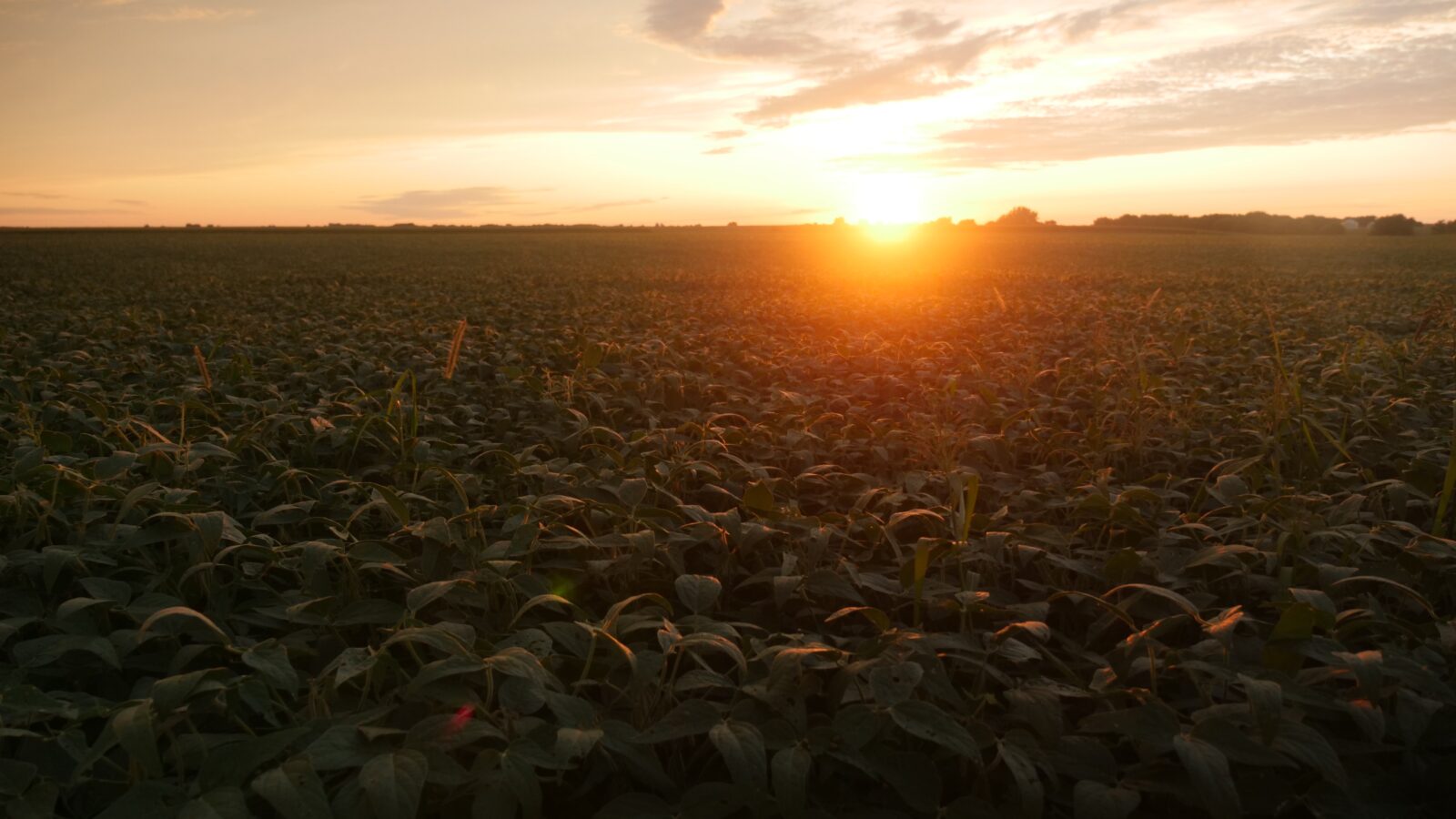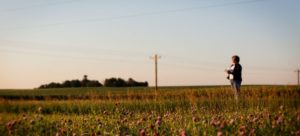
 If you walk through the fields on Laura Foell’s soybean farm in Iowa in the spring, you might notice seedlings poking up through the stubble from last year’s crop. Laura says, “Believe it or not, leaving the stalks and stems from last year’s harvest in the fields is part of our soybean sustainability plan.”
If you walk through the fields on Laura Foell’s soybean farm in Iowa in the spring, you might notice seedlings poking up through the stubble from last year’s crop. Laura says, “Believe it or not, leaving the stalks and stems from last year’s harvest in the fields is part of our soybean sustainability plan.”
“My husband Bill and I practice no-till farming,” she explains, “so we don’t disturb the residue on the ground. In the spring we plant directly into that residue.”
By leaving this covering of stems, stalks and leaves on their fields, the Foells are actually improving the moisture, organic matter and even the microbes in the soil. In fact, nearly 70 percent of U.S. soybean farmers practice some sort of conservation tillage to not only protect but also improve the soil.
“Another way we practice sustainability is by planting cover crops like cereal rye. Cover crops help us to cut fertilizer costs, reduce the need for herbicides and pesticides and conserve soil moisture. And, they’ve been shown to prevent soil erosion, protect water quality and improve yields through enhanced soil health,” Laura continues.
Thanks to improved varieties and production practices, U.S. soybean yields have increased 53 percent since 1980 as U.S. soybean farmers continue to increase the yield and quality of their crop while protecting natural resources.
“As a farmer, I have a personal interest in protecting the land and resources,” adds Laura. “I want this land to be productive for future generations – my kids.”


